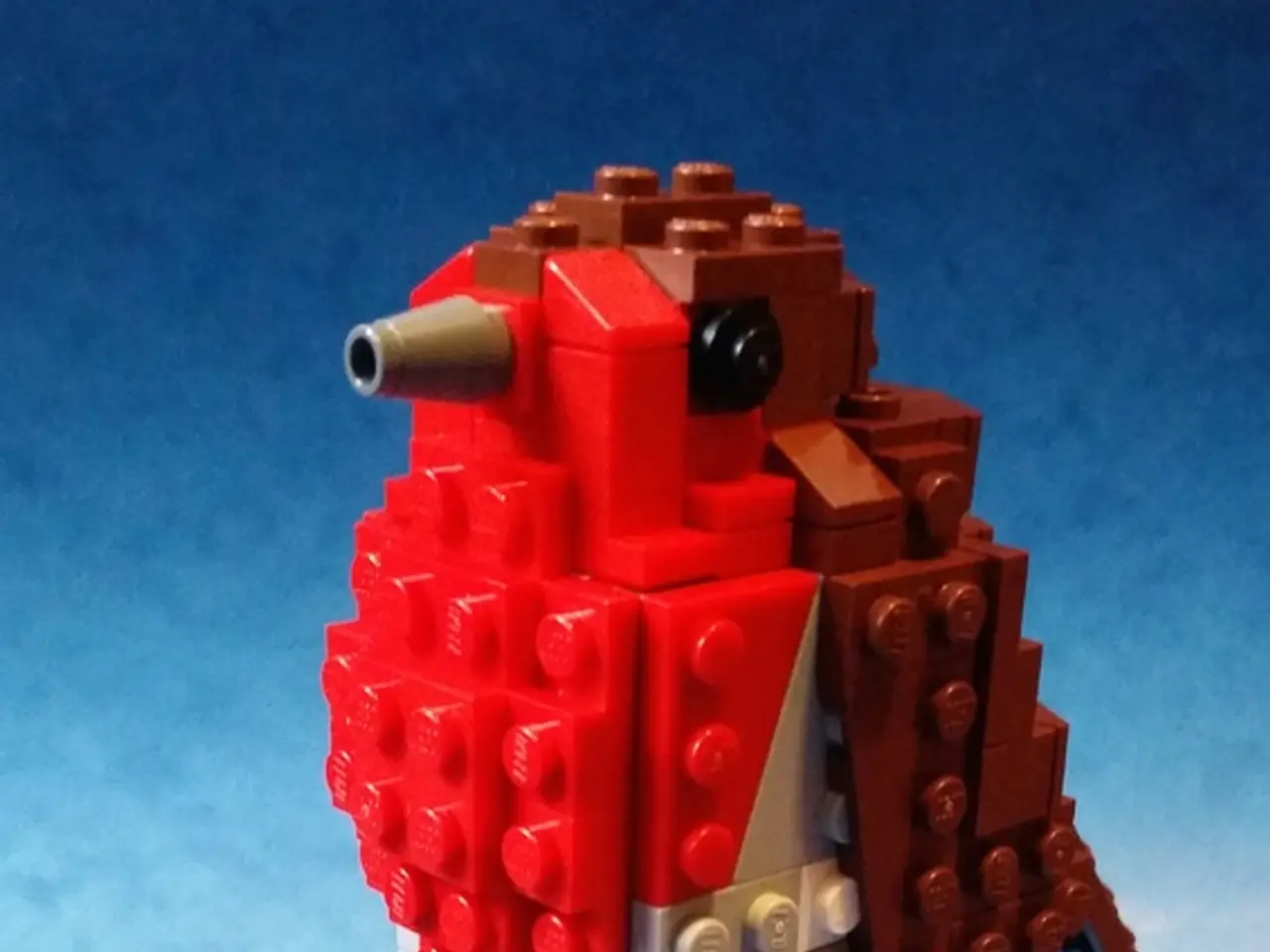Unveiling the New Scratch 3.0 Version
Scratch 3.0: A Creative Coding Platform for Kids Enhances Learning and Collaboration
The Lifelong Kindergarten group at the MIT Media Lab has unveiled a new version of the popular creative coding platform for kids, Scratch 3.0. This latest iteration offers a host of improvements and new features, making it an ideal tool for fostering creativity, systematic reasoning, and collaboration skills in young learners.
Scratch 3.0 includes extensive coding curricula from Raspberry Pi Code Club, Google CS First, and the ScratchEd Creative Computing Curriculum Guide. Additionally, it offers extensions for Lego robotics, Makey Makey, micro:bit, Google Translate, Amazon Text-to-Speech, and more.
One of the key features of Scratch 3.0 is the inclusion of new programming blocks such as additional sound effects, new operators, and enhanced pen capabilities. These expansions provide a broader range of creative options for coding projects. The platform also supports creating interactive stories, games, and animations using a visual, block-based interface designed especially for kids and beginners.
Scratch 3.0 offers improved paint and sound editing tools, allowing users to create more detailed and engaging projects. It is compatible with a wide variety of touch devices like tablets and all current browsers, making it accessible to a broad audience.
The latest version of Scratch 3.0 features an ideas section with new video tutorials and inspiration for activities. It also includes an offline version, providing flexibility for users who prefer working without an internet connection.
Scratch 3.0 boasts updated user interface elements, such as debug modals and sprite deletion confirmation, as well as bug fixes, performance enhancements, and accessibility features like a high contrast color mode.
The platform continues to be managed by the Lifelong Kindergarten Group at MIT Media Lab and targets users primarily aged 8 to 16, although it is accessible to all ages. Scratch 3.0 provides an offline editor (app) and an online community where users can share their projects globally.
In summary, Scratch 3.0 enhances creative coding for kids by offering:
- New programming blocks (sound, operators, pen tools)
- A visual, drag-and-drop interface for projects
- Offline app and online community sharing
- Improved UI and accessibility
- Focus on creative, systematic learning and collaboration
This makes it a versatile platform for young learners to build interactive games and animations while developing foundational coding skills.
[1] Scratch - Scratch 3.0: Creative Coding for Kids (https://scratch.mit.edu/scratch3/) [2] Scratch Wiki - Scratch 3.0 (https://scratch-wiki.info/wiki/Scratch_3.0) [4] Common Sense Education - Scratch 3.0: A New Way for Kids to Code (https://www.commonsense.org/education/article/scratch-3-0-a-new-way-for-kids-to-code)
The updated Scratch 3.0 curriculum includes resources from Raspberry Pi Code Club, Google CS First, and the ScratchEd Creative Computing Curriculum Guide, reinforcing its focus on technology education and self-development in coding. With the addition of extensions for Lego robotics, Makey Makey, and other technologies, Scratch 3.0 offers a comprehensive learning experience in robotics and computing.




